Wondering what the differences between llamas, alpacas, vicuñas and even guanacos are? All four long-necked animals are camelids from the Andes of Peru but they have unique features that separate them.
It’s likely you’re somewhat familiar with llamas and alpacas, but it’s less likely you’ve heard of their cousins vicuñas (vi-koo-nyas) and guanacos (gwa-nah-kos). Let’s get you acquainted with these long legged, long lashed creatures before you embark for Peru.
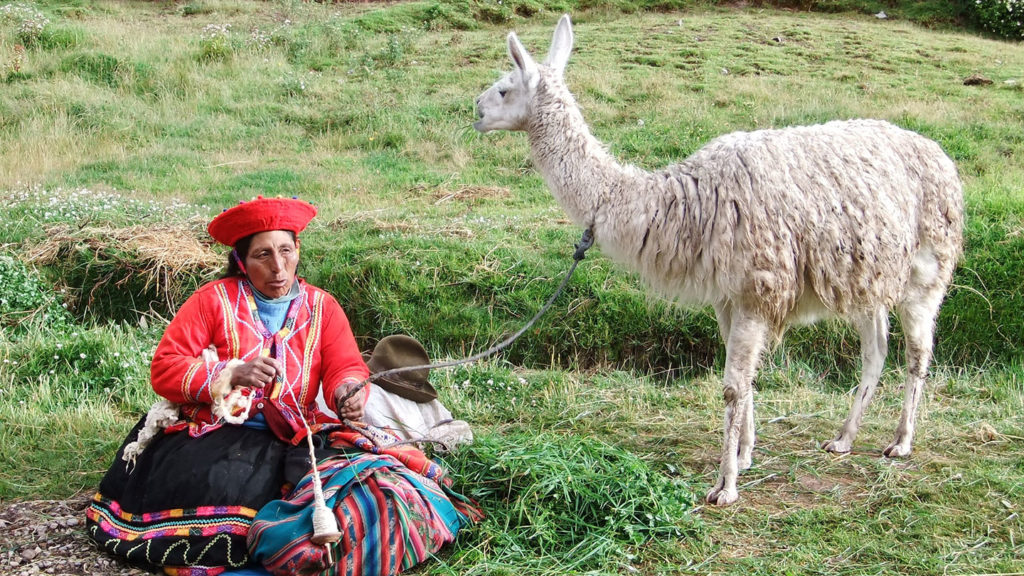

Llamas Vs Alpacas: What’s the difference?
Maybe you’ve fed a llama or alpaca on a farm, or perhaps you were lucky enough to reach Machu Picchu and see one up close. Llamas are widely used as pack animals in the Andean region. They have thick wool that is not as soft or refined as alpaca fleece, which is prized for its wool.
Both can spit but are more likely to aim it at each other when they feel threatened. Generally they are curious, domesticated creatures that might approach you if they feel comfortable – so have your cameras ready for a cute photo or selfie!
What’s cool about llamas?
Llamas are quite independent and more chill than alpacas, but they also have an aggressive side that farmers often use to their advantage. Llamas make great guard animals for flocks of sheep, chickens, other livestock and even their more petite cousins, the alpaca. They can also carry up to a quarter of their weight so are popular as pack animals.
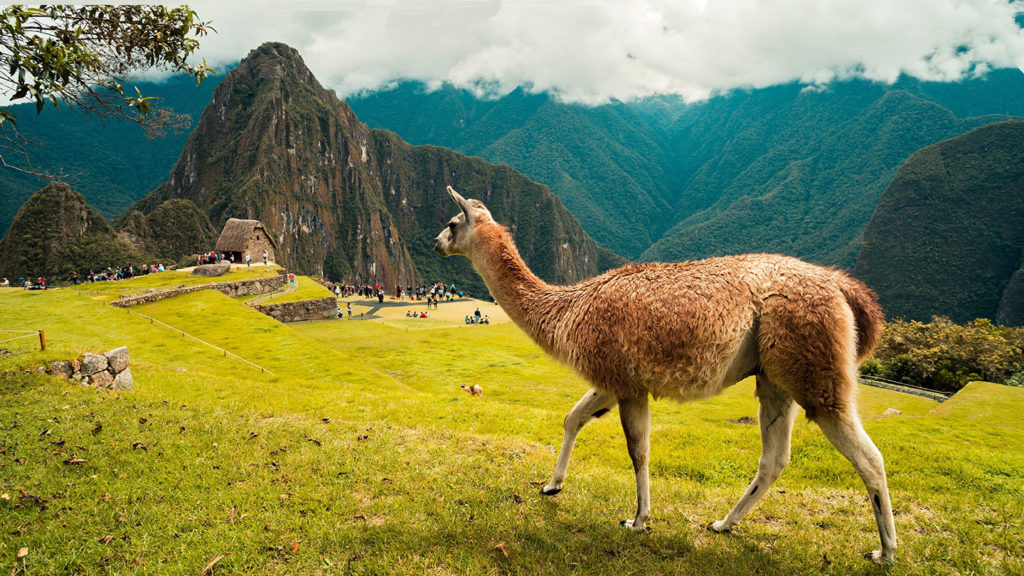

What about alpacas?
Alpacas are much smaller camelids and a little more jumpy than the brave llama. Alpacas are bred for their wool, which is valued for its high quality and softness. Be sure to leave space in your suitcase for a few alpaca scarves, blankets or sweaters to take home. They make a wonderful gift or souvenir to remember your travels.
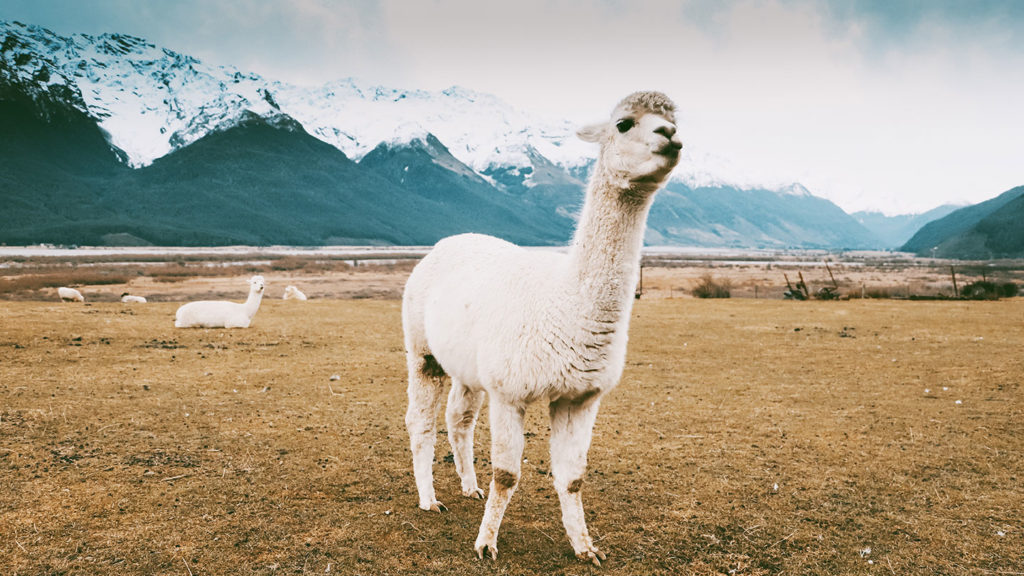

Now, we just showed you a cute picture of a fluffy little alpaca, so you might not like to think about how delicious they taste but… you can find and eat alpaca at restaurants throughout Peru. It is a healthy choice as it’s low in fat and cholesterol.
How to tell a Llama and Alpaca apart
Llamas Vs Alpacas! The best way to tell a llama and alpaca apart is line them up side-by-side and you’ll see one is much bigger. That’s the llama.
Obviously this isn’t the easiest thing to do, so another way is to look at their heads. Alpacas have fluffy heads with flatter snouts, softer features and short ears. This also makes them cuter! Llamas have quite distinctive banana-shaped or devil horn ears and longer faces. Llamas also grow up to 1.7 metres, if you can get close enough to measure!
RELATED CONTENT: The fascinating history behind Peru’s humble potato
So what’s a Vicuña?
Now we are down to the difference between wild and domesticated camelids. Llamas and alpacas are domesticated, while vicuñas and guanacos are wild. This means you won’t see a shy vicuña grazing nearby with a perfectly brushed coat ready for a selfie. No, you’ll have to keep your eyes on the horizon to spot these slim and short camelids leaping across the high Andes. The pride of Peru, this is the national animal and appears on the coat-of-arms (despite being found in Argentina, Chile and Bolivia too).
The vicuña is an endangered and protected species so they will be harder to spot. Vicuñas are also the smallest of the four camelids, growing to a maximum of just 85 centimetres high. The supremely soft fur can only be shorn every three years, which means you’ll see vicuña wool garments selling for upwards of $3000!
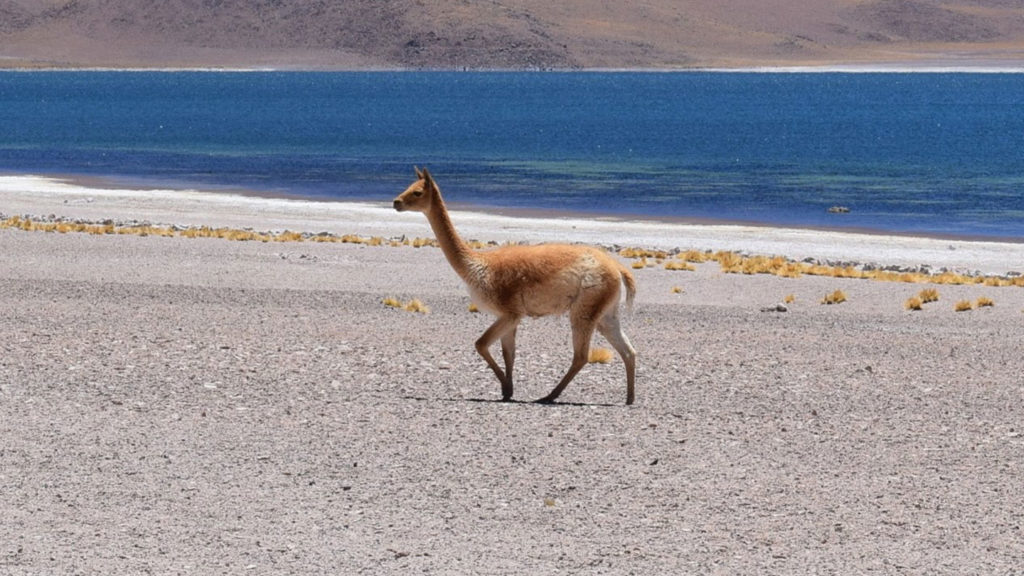

GET INSPIRED: Land of the Incas
And what’s a guanaco?
One of the largest wild mammals in South America, the guanaco – like the other camelids –has thick skin on its neck to protect it from attacks. Locals use this skin to create the soles of shoes. You can tell a guanaco by its size and colouring: brown back, white belly and grey face with short, straight ears.
It’s quite unlikely – but not impossible – to spot a guanaco in the wild on a trip to Peru. If you’re seeking out this camelid, try Patagonia, Ecuador or Colombia. Similar to the vicuña, they are protected and wild, but like llamas their fur is not prized.
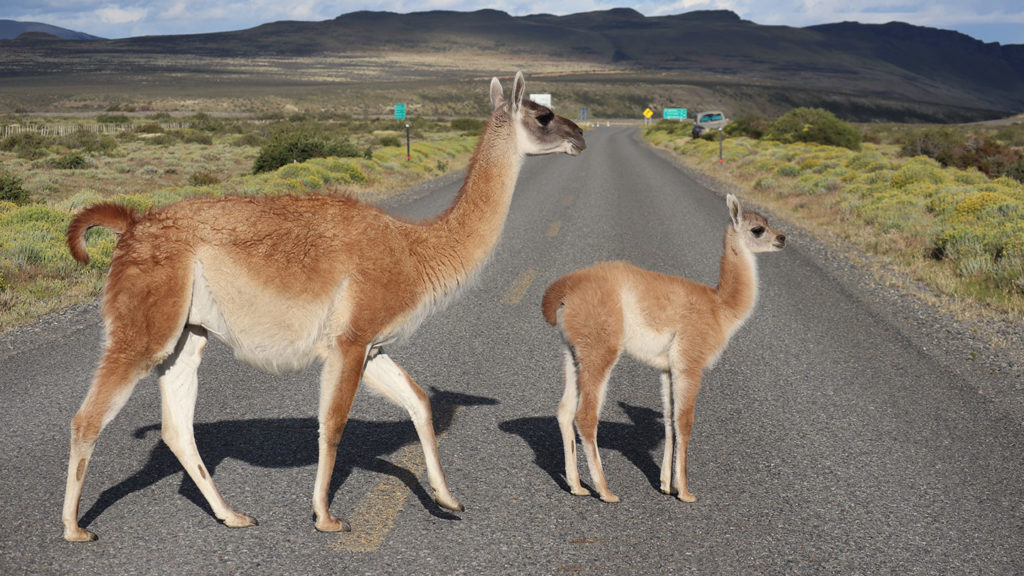

Will you be able to spot the differences between llamas, alpacas, vicuñas and guanacos on your travels? Let us know in the comments…